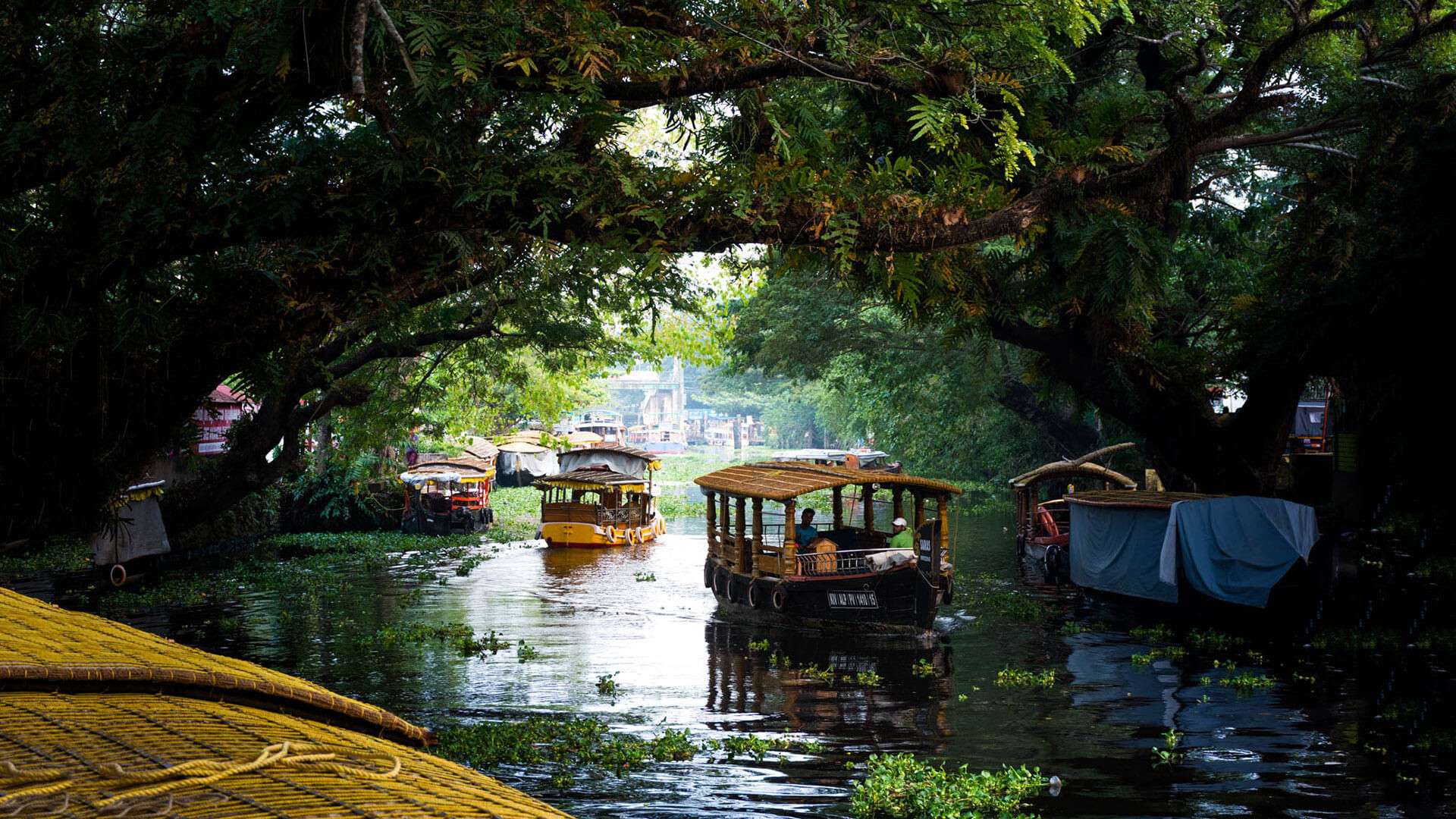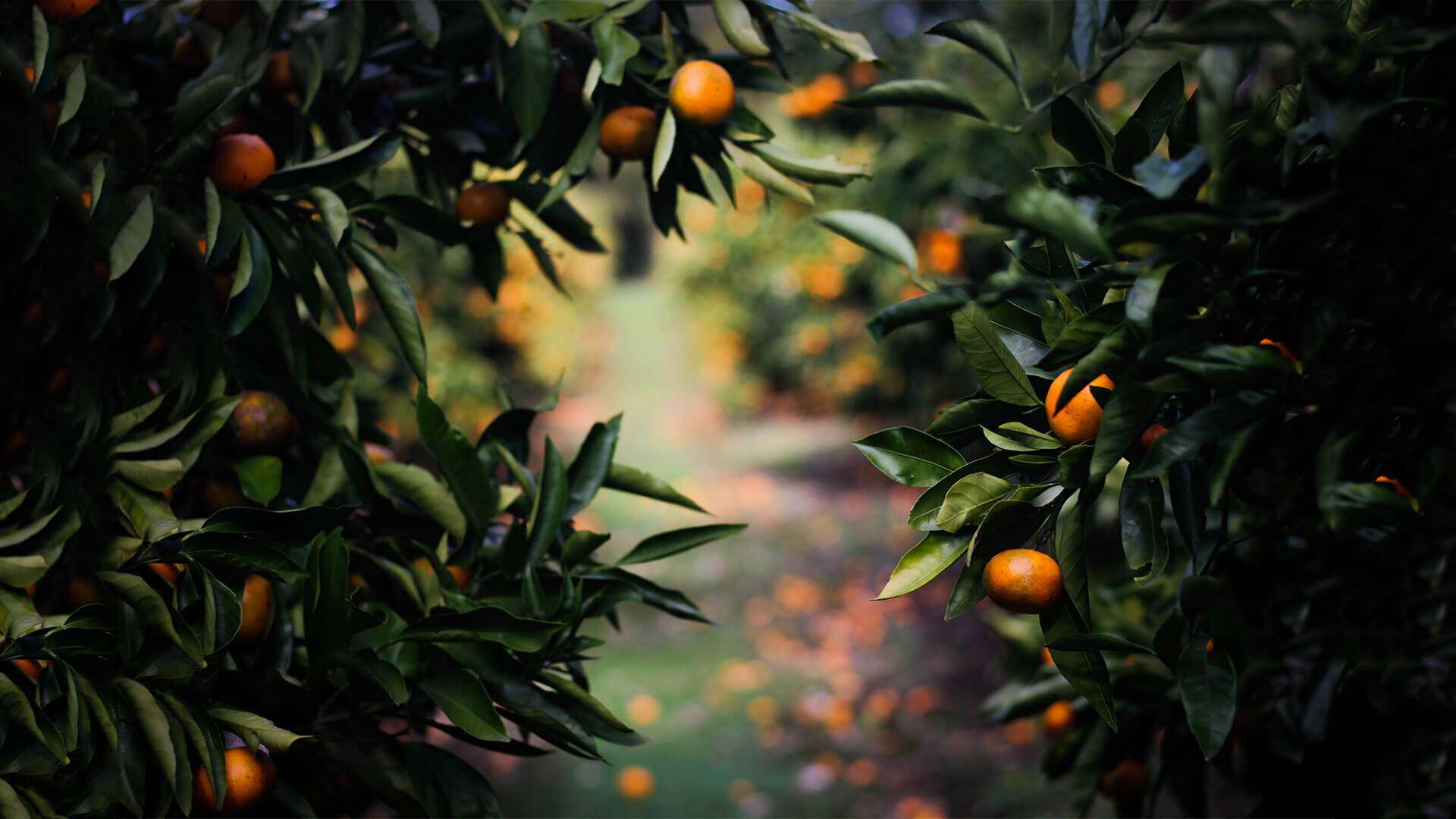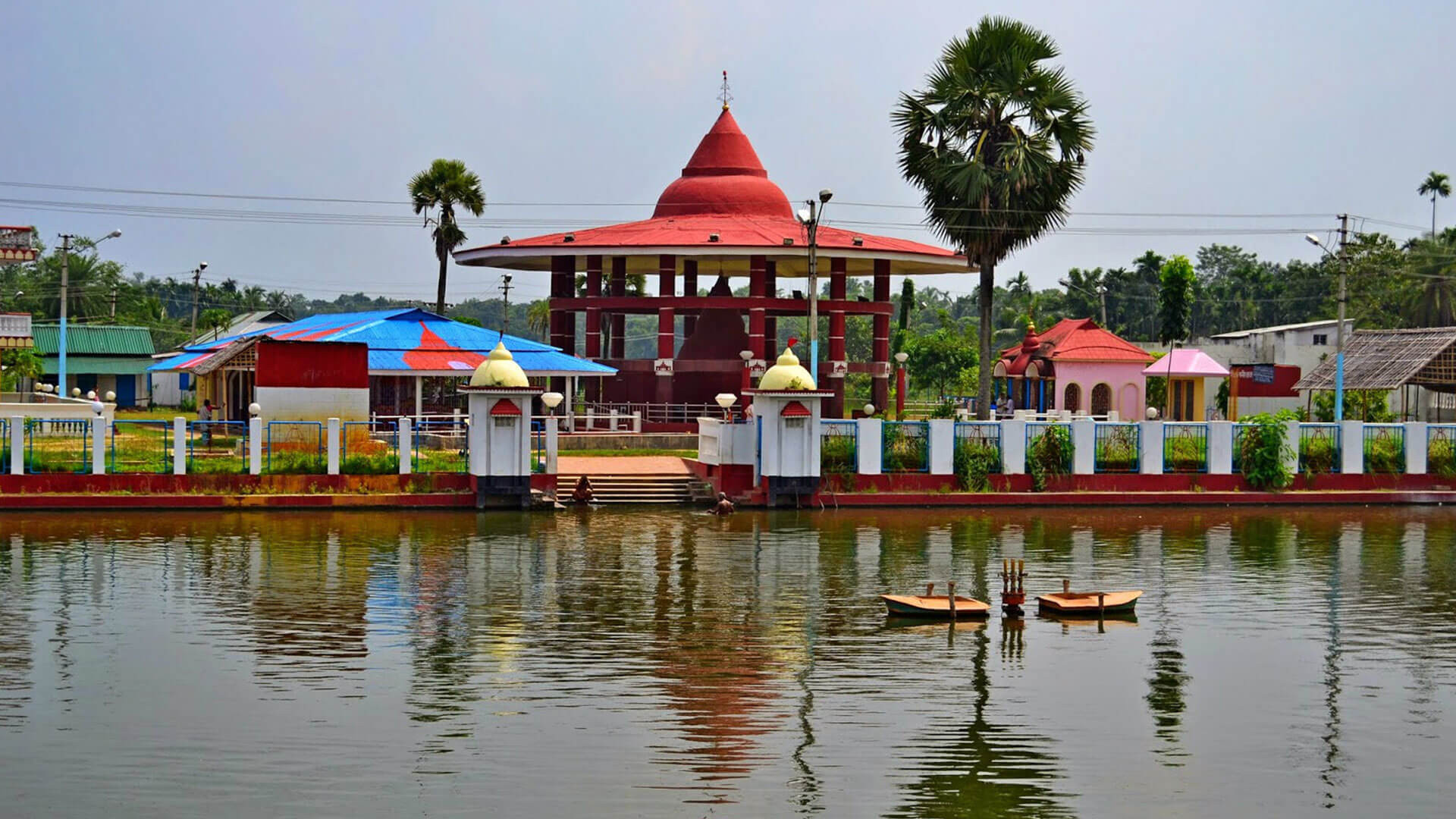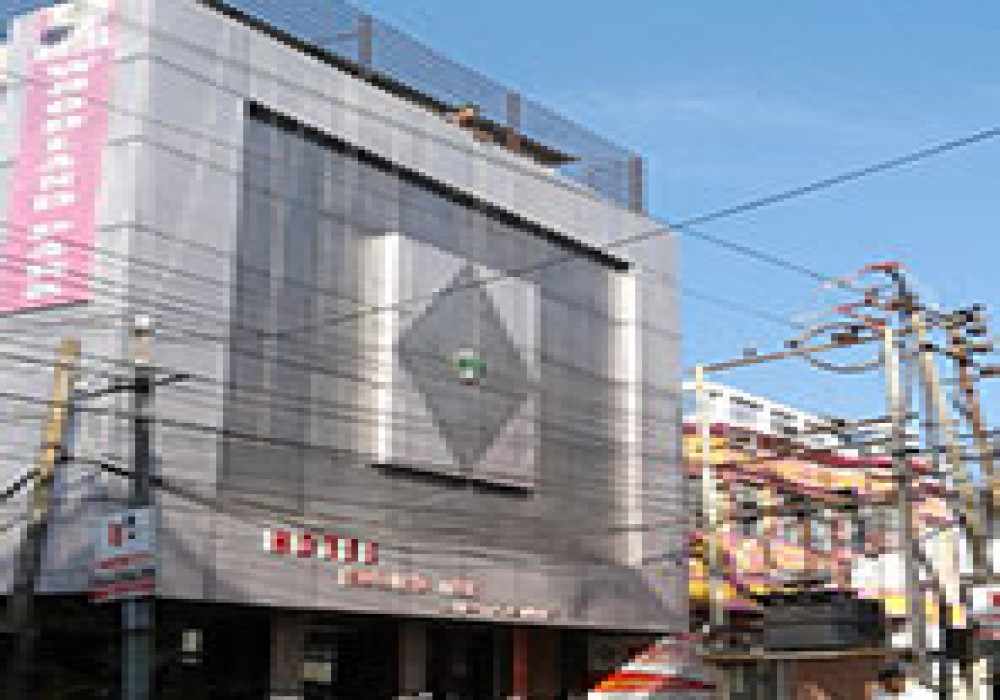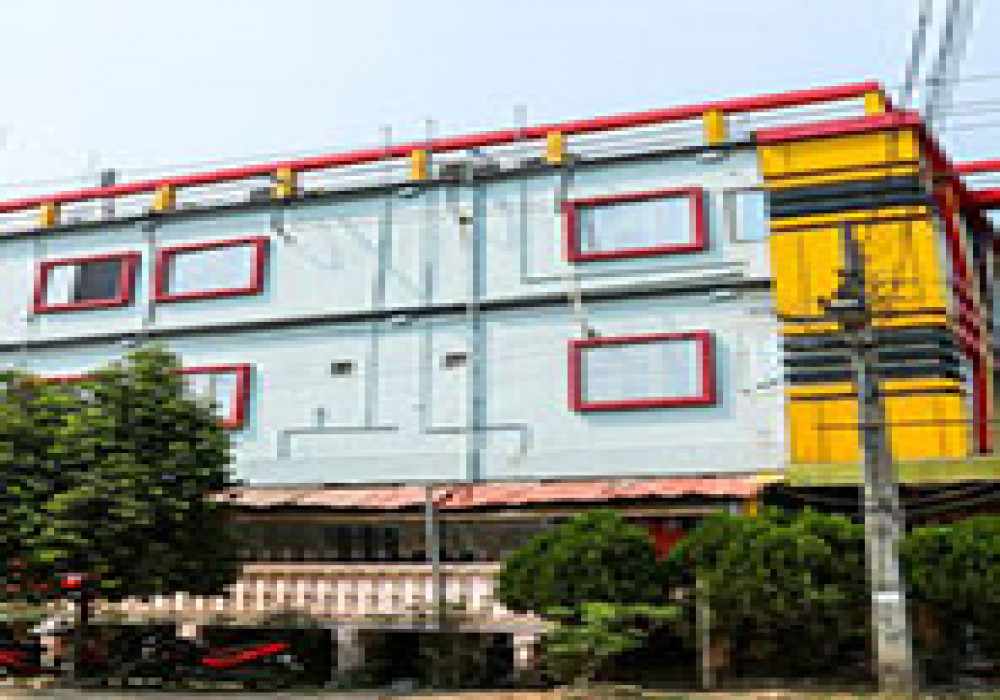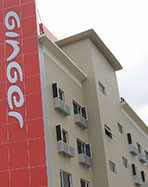Tripura Tour Packages 2025
Cities in Tripura
Best Destinations in Tripura
“Not all treasures are buried. Some bloom quietly in the hills of Tripura.”
Tripura is called the hidden gem of Northeast India because it has beautiful nature, deep history, and fewer tourists. While other states in the region are more popular, Tripura is quiet and full of charm. It has old temples, royal palaces, green forests, and tribal villages that show the rich history and traditions of the state. The culture of Tripura includes colourful festivals, tribal dances, music, and customs that are still followed today.
Tripura tourism has something for everyone. You can visit the grand Ujjayanta Palace or see the ancient rock carvings at Unakoti. Neermahal, the only lake palace in Northeast India, looks stunning in the middle of a lake. You can also walk through peaceful tea gardens, sit by lakes like Dumboor and Rudrasagar, or visit hilltop temples. The state is known for its tribal festivals where people wear traditional clothes, sing songs, and enjoy local food.
Popular tourist places in Tripura include the Sepahijala Wildlife Sanctuary, Tripura Sundari Temple, Chabimura rock art, and the Jampui Hills. These places are perfect if you love nature, history, or peaceful surroundings. The state is not too crowded and gives a calm, meaningful travel experience you won’t forget. Learn more about it!
Historical Significance of Tripura
Tripura has a fascinating history that dates back centuries. It was once ruled by the Manikya dynasty, one of the longest-reigning royal families in India. The influence of Bengali and tribal cultures is evident in its traditions, architecture, and cuisine. British colonial rule left its mark as well, shaping parts of the state's heritage and governance.
Climate in Tripura
Tripura experiences a mix of weather conditions. Summers (March to June) are warm but comfortable for travel. The monsoon season (July to September) brings heavy rainfall, making the landscape lush and green. Winters (October to February) are cool and pleasant, making it the best time to visit.
Famous Food of Tripura
Tripura’s food is simple, healthy, and full of flavour. Most dishes are made with rice, fresh vegetables, herbs, and fish. Bamboo shoot, fermented fish (called Berma), and local spices give the food a unique taste.
Here are some popular dishes from Tripura:
- Mui Borok – The traditional food of Tripura made with Berma (fermented fish) and vegetables. It has a strong flavour and is loved by locals.
- Bamboo Shoot Curry – A tangy and tasty dish made with bamboo shoots, often cooked with pork or fish.
- Gudok – A tribal dish made with boiled vegetables, Berma, and spices. It’s served hot and is full of earthy flavours.
- Wahan Mosdeng – A spicy pork salad made with green chillies, onions, and herbs. It’s often eaten with rice.
- Rice Beer – Locally known as Chuwarak, it’s a traditional drink made during festivals and celebrations.
- Tripura’s food reflects its tribal culture—natural, spicy, and full of warmth. If you visit, don’t miss tasting a home-cooked meal!
Tripura Culture – A Blend of Tradition and Festivities
The culture of Tripura is home to diverse tribes, each with its own unique customs, dance forms, and festivals. Garia Puja, Kharchi Puja, and Poush Sankranti are major celebrations. The state is also famous for its handwoven textiles, bamboo handicrafts, and delicious tribal cuisine.
Read More : Culture Of Tripura
Tripura Waterfalls – Nature’s Hidden Marvels
- Dumboor Waterfall – A spectacular fall near Dumboor Lake.
- Baramura Waterfall – A peaceful escape in the middle of forests.
- Kamalpur Waterfall – A lesser-known but beautiful cascade.
- Vanghmun Waterfall – A quiet spot perfect for nature lovers.
Read More : Festivals Of Tripura
Popular Highland Escapes in Tripura
- Jampui Hills – Known for its greenery and panoramic views.
- Tepania Eco-Park – A serene getaway surrounded by nature.
- Baramura Hills – Offers breathtaking landscapes and adventure trails.
- Atharamura Hills – A hidden gem with trekking and scenic spots.
- Sakhan Hills – A peaceful retreat with stunning sunrise views.
Honeymoon Destinations in Tripura
- Neermahal – A romantic boat ride in a lake palace.
- Jampui Hills – Perfect for couples seeking serenity.
- A peaceful retreat with mesmerizing views.
- Chabimura – Beautiful rock carvings along the river, ideal for a quiet getaway.
- RudrDumboor Lake –asagar Lake – A charming spot with calm waters and scenic surroundings.
Top 10 Best Things to Do in Tripura
Looking to explore the Northeast without breaking the bank? Tripura is a lesser-known gem packed with cultural landmarks and natural beauty. Whether you love history, nature, or peaceful retreats, here are the 10 best things to do in Tripura—and they’re all free!
1. Explore the Ujjayanta Palace Museum, Agartala
Step into the royal history of Tripura at this grand palace-turned-museum, showcasing artefacts, sculptures, and stories from the state’s past.
2. Take a Walk Through Heritage Park
A peaceful green escape in Agartala, this park features manicured landscapes, traditional Tripuri architecture replicas, and refreshing walking trails.
3. Marvel at the Unakoti Rock Carvings
Hidden in the hills, these massive ancient rock carvings date back to the 7th–9th centuries and are one of the most mysterious sites in Northeast India.
4. Catch a Sunset at Dumboor Lake
With over 40 tiny islands and a calm vibe, this lake is perfect for evening views and birdwatching.
5. Visit the Sacred Tripura Sundari Temple
One of the 51 Shakti Peethas, this serene temple draws both pilgrims and travellers looking for peace and spiritual charm.
6. Walk Through the Sepahijala Wildlife Sanctuary
Enjoy a stroll through forest trails surrounded by birds, primates, and a peaceful lake ideal for nature lovers and photography enthusiasts.
7. Wander the Streets of Agartala
The capital city is filled with local markets, colonial architecture, and street food that gives you a real feel of everyday life.
8. Relax at Neermahal Palace (from the shore)
While entry may have a fee, viewing this floating palace from outside is a stunning experience on its own.
9. Climb to the Chabimura Rock Reliefs
If you’re into offbeat trails, a short hike leads to these river-facing rock sculptures carved into steep hillsides.
10. Attend Local Cultural Festivals
If your Tripura travel aligns with a local festival like Garia Puja or Kharchi, you’re in for a vibrant display of traditional music, dance, and community celebrations.
From sacred temples to ancient carvings and lush landscapes, these stops truly represent the best places to visit in Tripura. You can also find tailored Tripura tour packages that include these highlights that are perfect for anyone looking to explore this beautiful northeastern state.
Why Visit Tripura?
- Rich Heritage – Explore palaces, temples, and ancient carvings.
- Diverse Culture – Experience the unique traditions of different tribes.
- Natural Beauty – Lush forests, rolling hills, and scenic lakes.
- Offbeat Destination – Less crowded and full of unexplored gems.
How to Reach Tripura
- By Air: Maharaja Bir Bikram Airport in Agartala connects to major cities.
- By Train: Kumarghat and Agartala railway stations link to the rest of India.
- By Road: Well-connected by road with Assam and other northeastern states.
Explore Tripura with Tailor-Made Tour Packages – Your Ideal Northeast Getaway
Tripura offers the perfect getaway with its mix of history, culture, and natural beauty. Explore ancient temples, peaceful lakes, and scenic highlands that make every journey special.
Our Tripura tour packages are designed for all kinds of travelers. Choose a cultural tour, an adventure-filled trip, or a relaxing retreat. Each itinerary is planned to give you the best experience.
Book your Tripura tour package today with Adotrip, and set out on a memorable escape!
With us, nothing is far!
Frequently Asked Questions about Tripura
Q. What makes Tripura unique compared to other northeastern states?
A. Tripura offers a mix of royal heritage, tribal culture, ancient rock carvings, and natural beauty, making it a diverse travel destination.
Q. What local delicacies should I try in Tripura?
A. Must-try dishes include Mui Borok (Tripuri tribal cuisine), Gudok, Mosdeng Serma, and Chuwarak (local rice beer).
Q. Are there any wildlife experiences in Tripura?
A. Yes, you can visit Sepahijala Wildlife Sanctuary, Trishna Wildlife Sanctuary, and Rowa Wildlife Sanctuary to explore diverse flora and fauna.
Q. Is Tripura a good destination for honeymooners?
A. Yes, Neermahal, Jampui Hills, and Dumboor Lake offer serene and romantic getaways for couples.
Q. Can I explore Tripura on a budget?
A. Yes, Tripura is an affordable destination with budget accommodations, free sightseeing spots, and economical local transport options.
Q. What are the best shopping spots in Tripura?
A. You can shop for handicrafts, bamboo products, and handwoven textiles at Purbasha Emporium and Agartala’s local markets.
Q. What cultural experiences should I not miss in Tripura?
A. Witnessing traditional tribal dances, attending Garia Puja, and visiting the Heritage Park in Agartala are highly recommended.
Q. Are there any river cruises or boat rides in Tripura?
A. Yes, you can enjoy a boat ride in Rudrasagar Lake at Neermahal and explore the serene waters of Dumboor Lake.
Q. What offbeat places can I visit in Tripura?
A. Baramura Hills, Pilak Archaeological Site, and the remote villages of Jampui Hills are great offbeat spots.
Q. Is public transport easily available in Tripura?
A. Yes, you can find buses, auto-rickshaws, and taxis in major towns, but renting a private vehicle is recommended for exploring remote areas.
Book your trip today and discover the magic of Tripura!

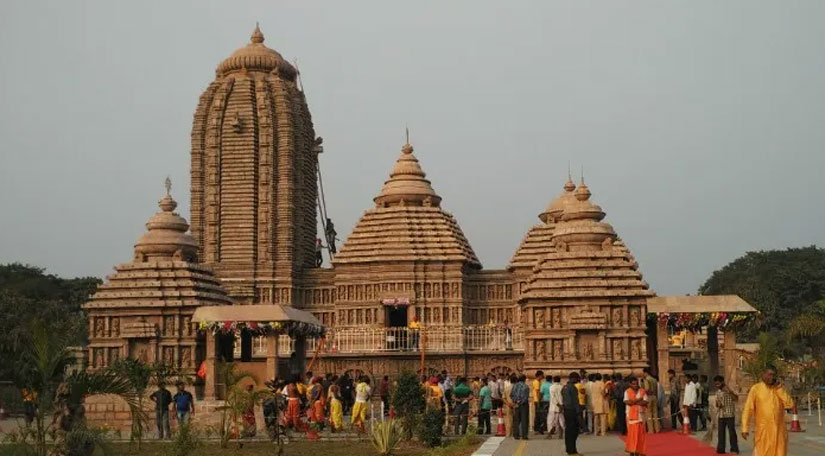
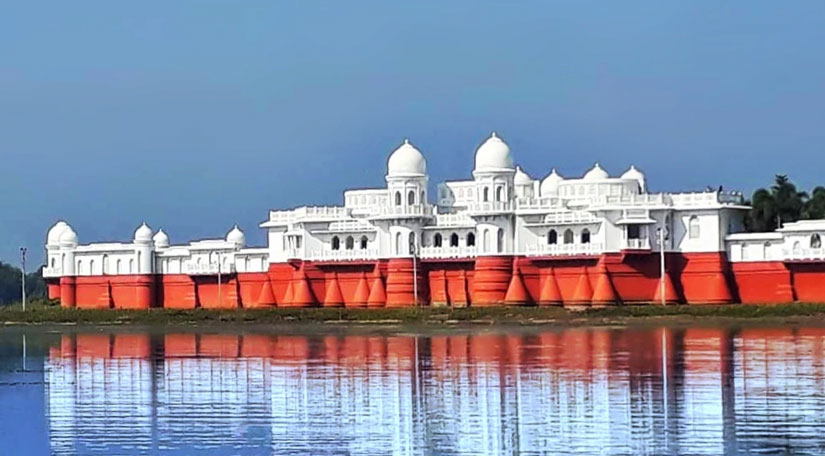
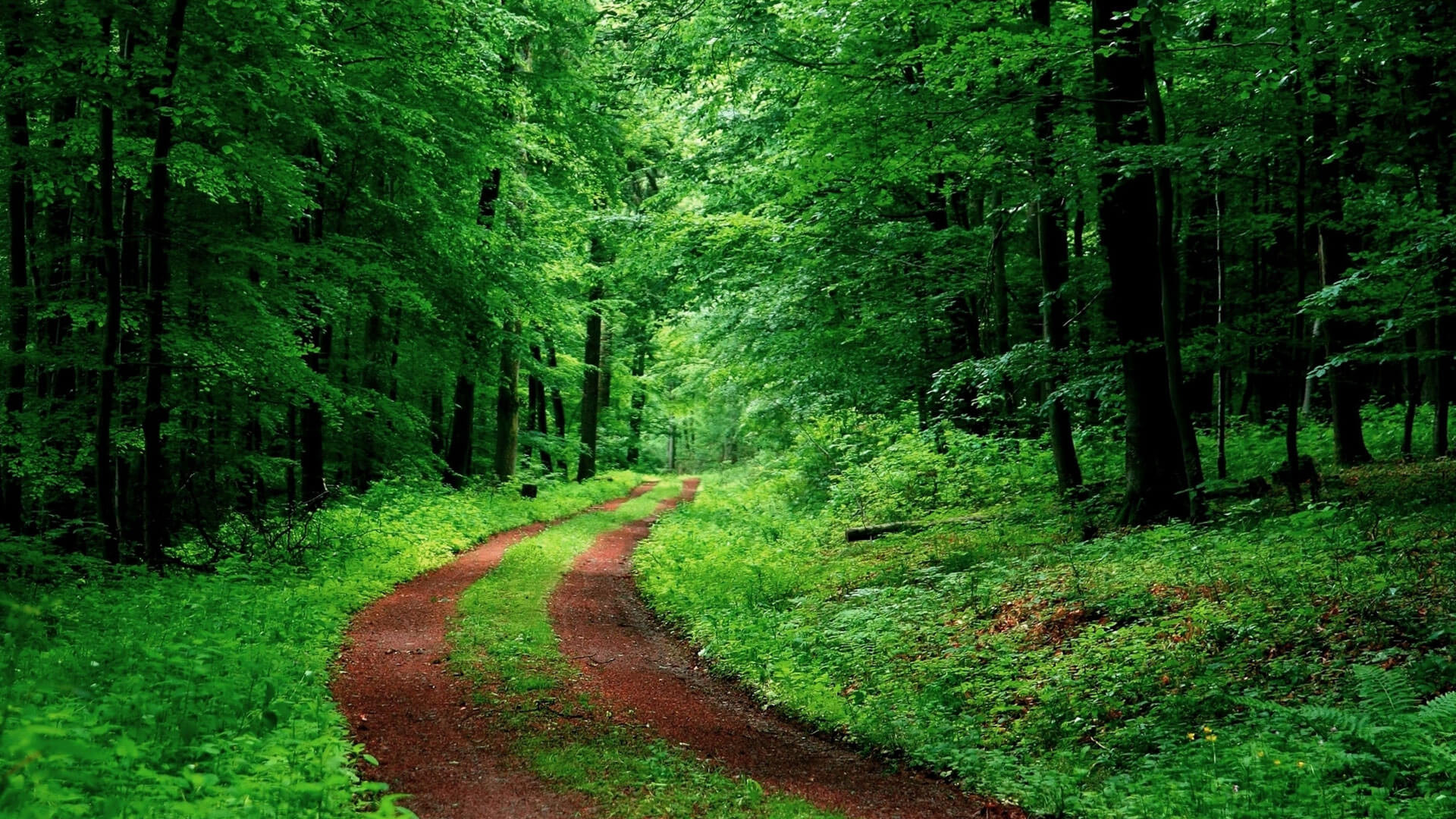
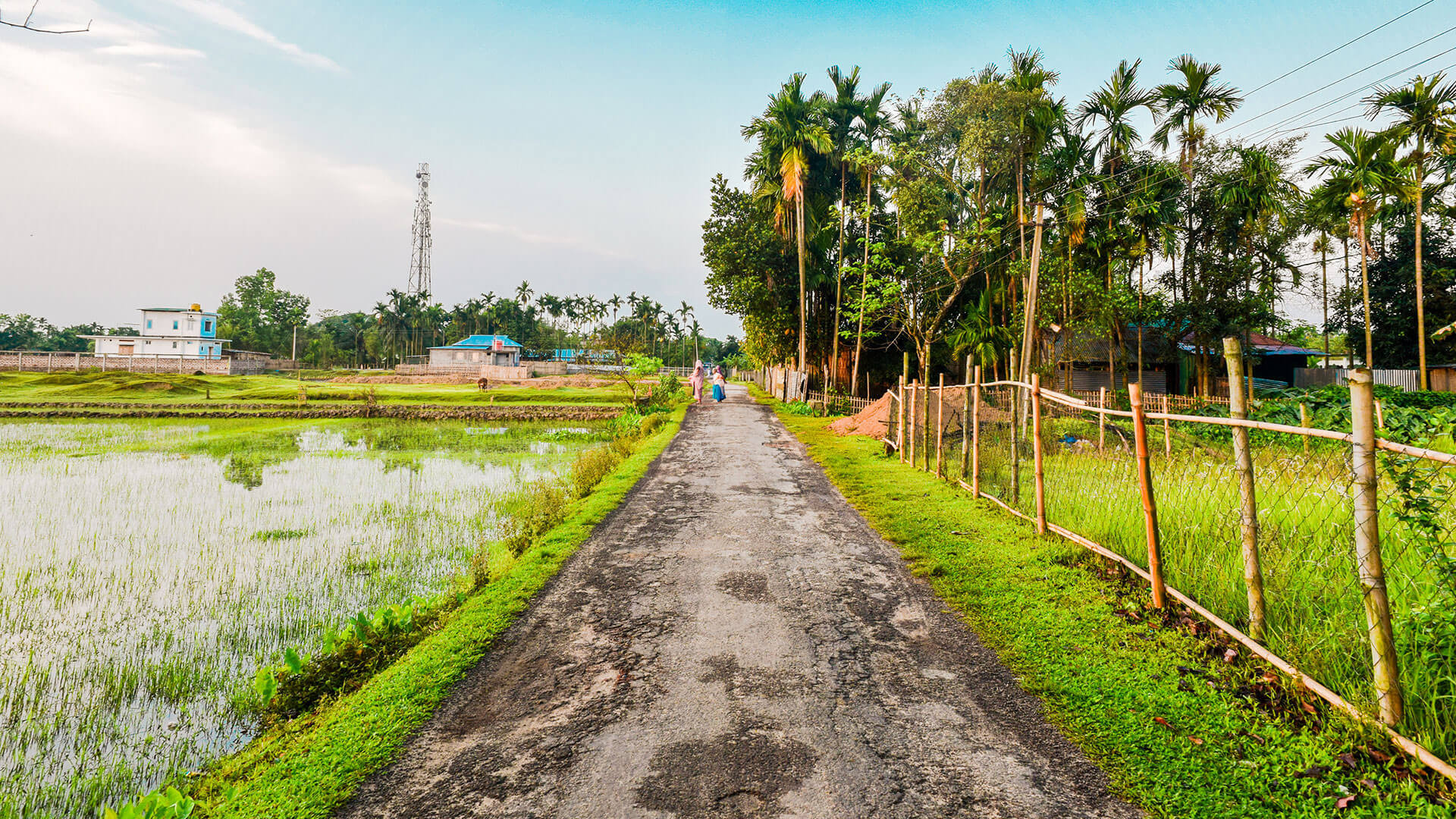
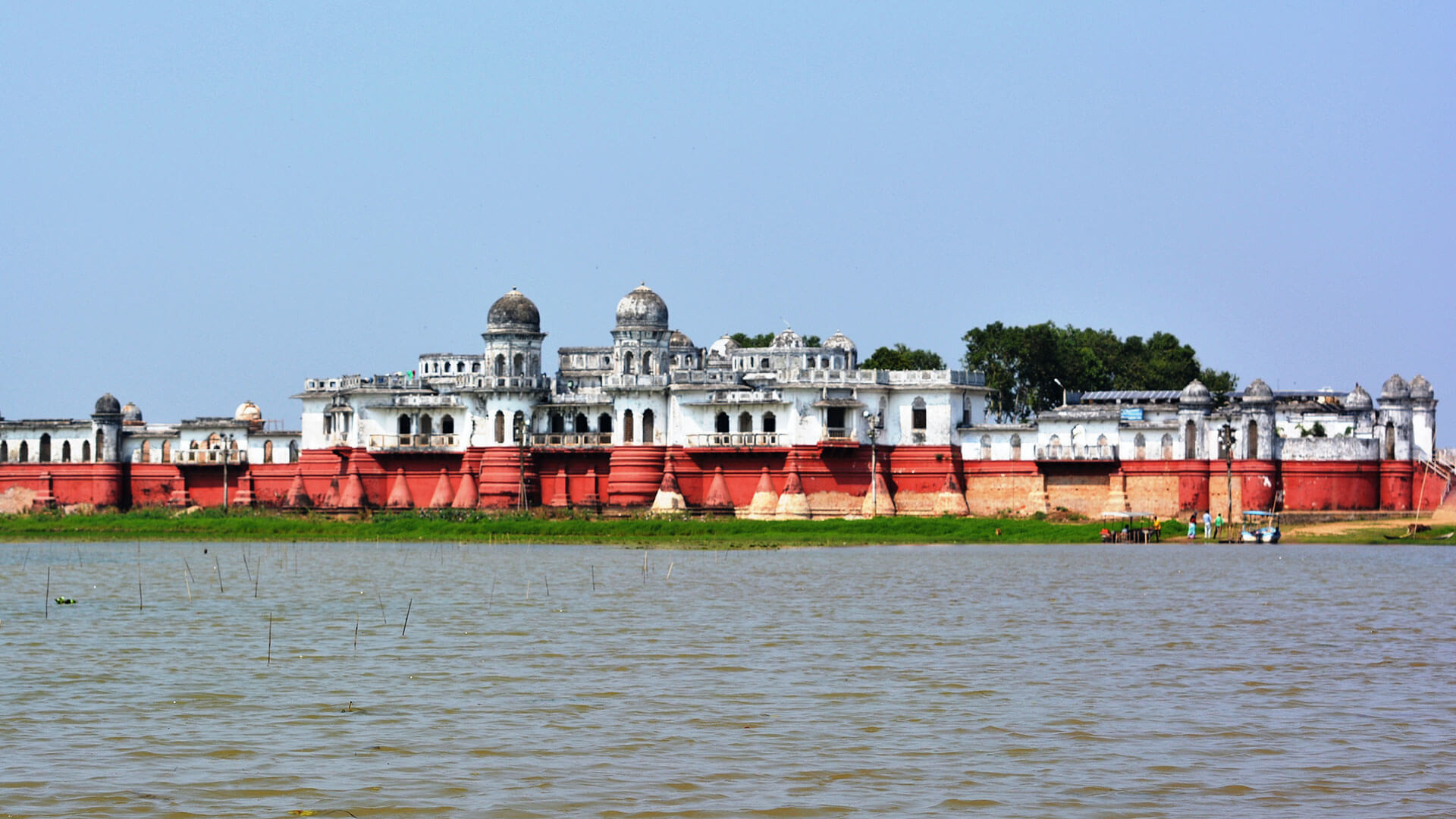
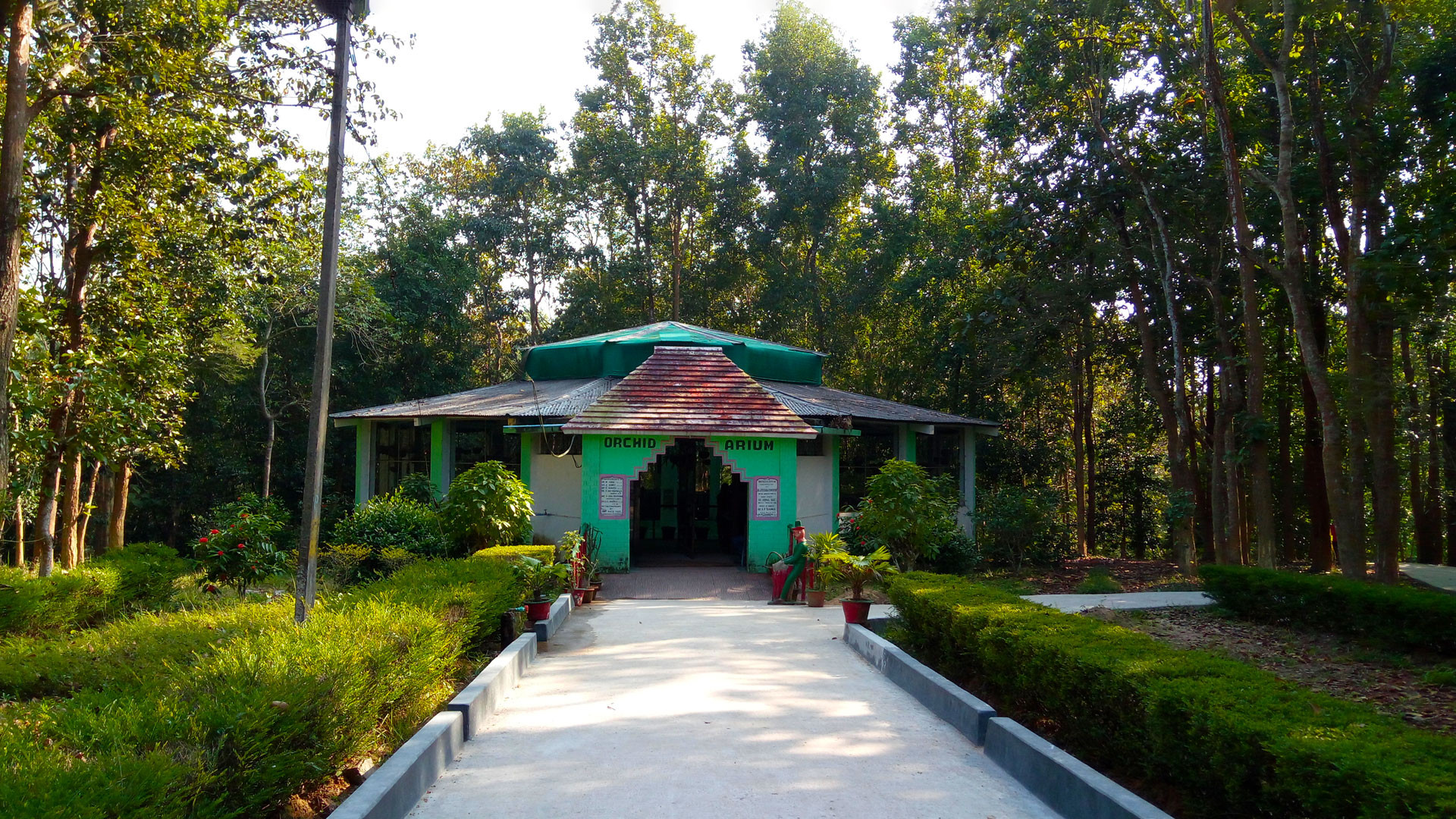
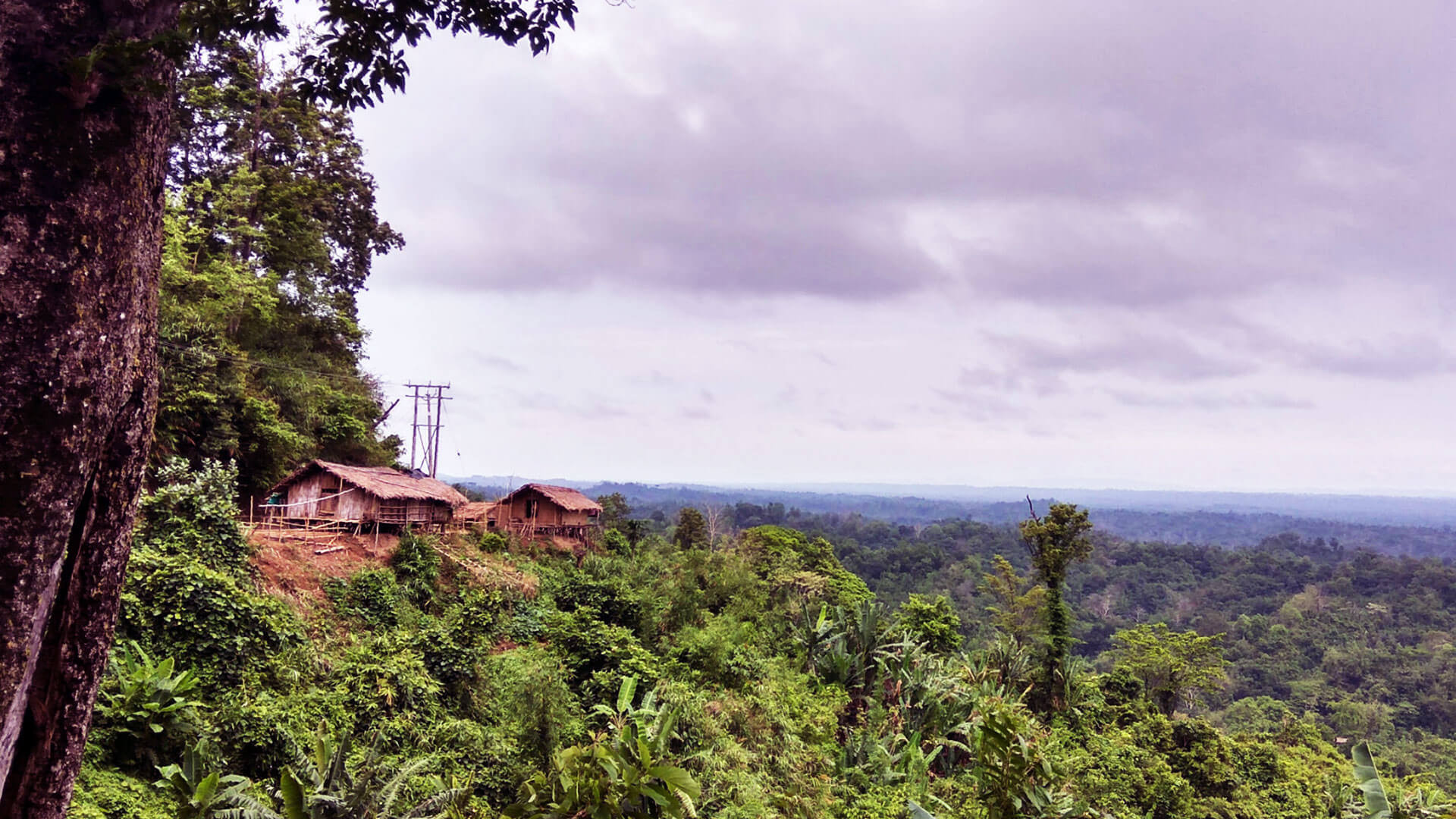



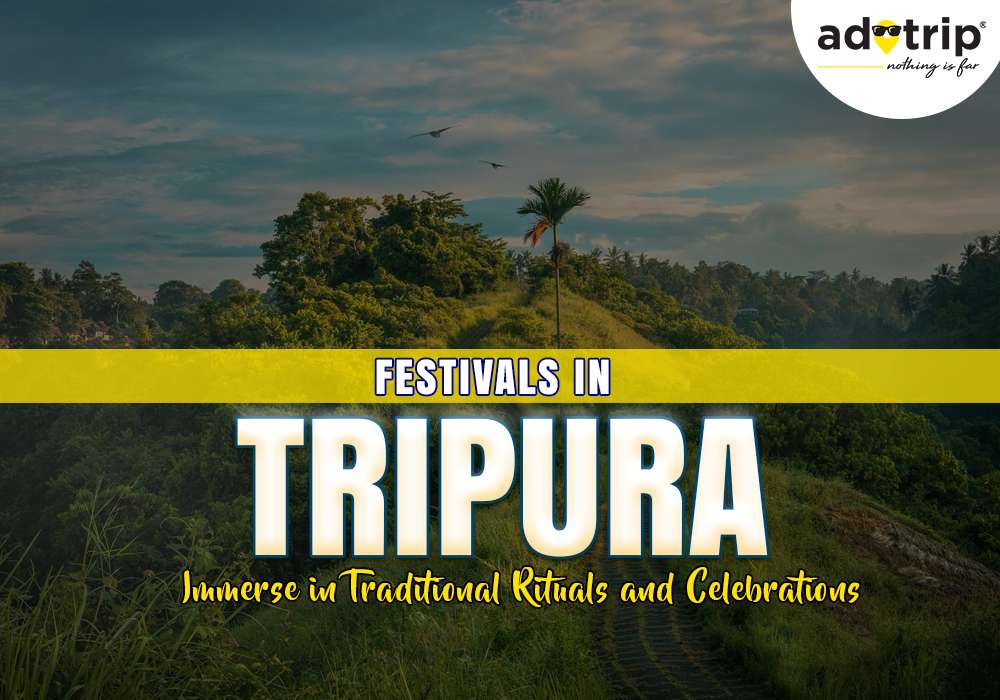
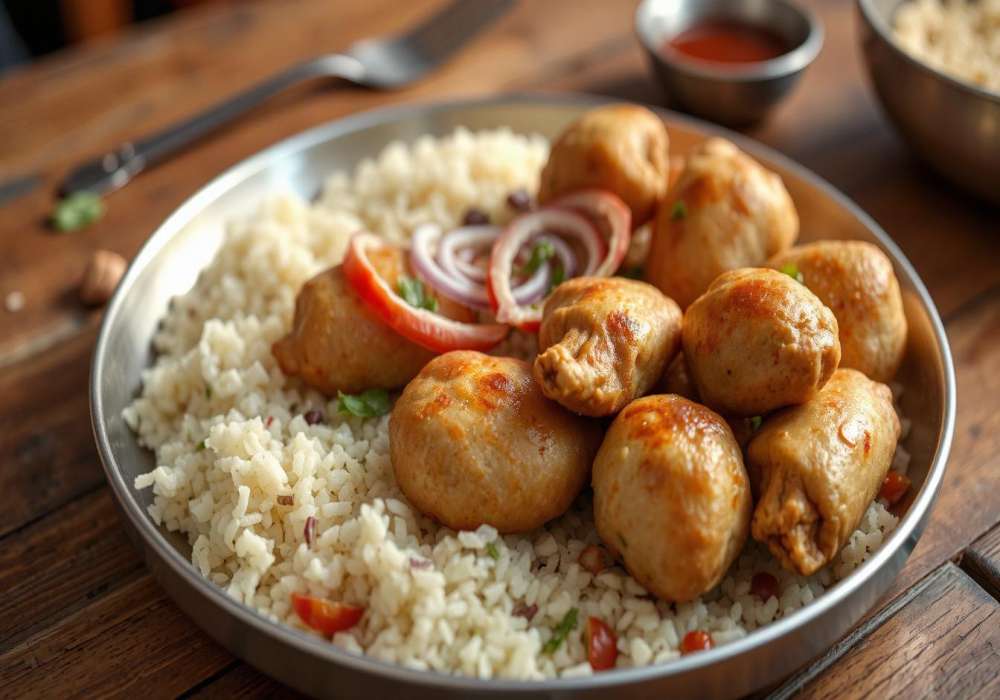
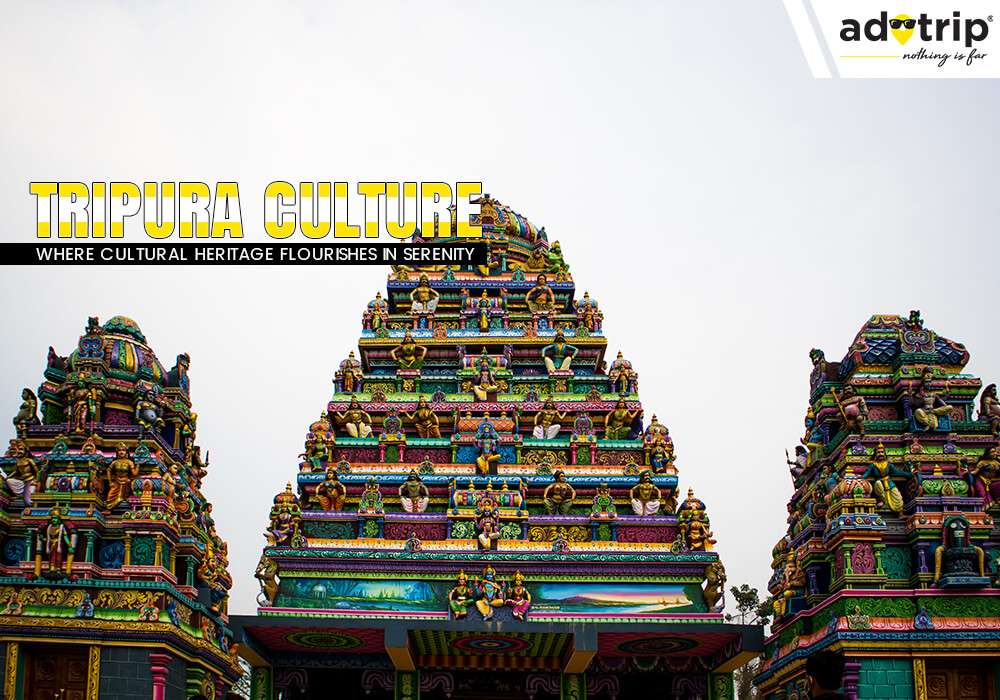

.jpg)
